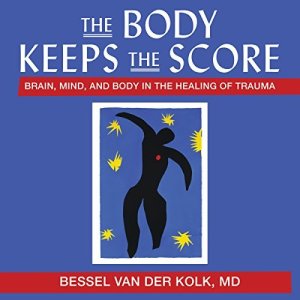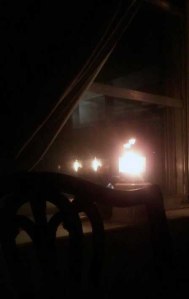We are all affected by trauma. The statistics are widely available about the prevalence of major traumas such as abuse. What people may not realize is that more “minor” events, such as falls, medical procedures, and accidents, can also be traumatizing, especially for children. Being around family members or working with clients/patients who have been traumatized can also result in secondary trauma.
This new book by Bessel Van Der Kolk, MD offers an excellent summary of new research and treatment methods related to trauma. The case studies make it engaging and the science presented is accessible to the lay person, as well as providing important information for professionals. The new functional MRI studies offer fascinating and vivid evidence of the altered brain activity of those experiencing flashbacks and other symptoms of trauma. One of the most interesting to me was the evidence that individuals with PTSD experience a shut-down in the speech center of the brain when triggered by talking about their traumas. This is further evidence that talking your way out of trauma is not effective.
The body-centered treatments presented in the book include Somatic Experiencing and yoga. The key is regaining the ability to self-regulate, to connect with our inner vital energy, and to fully experience the present moment.
From the book:
“Self-regulation depends on having a friendly relationship with your body. Without it you have to rely on external regulation-from medication, drugs like alcohol, constant reassurance, or compulsive compliance with the wishes of others.”
If you are a helping professional interested in learning more I highly recommend training in Somatic Experiencing. For the first time the training will be available in St Louis, beginning in January, 2015. Information is available at the Somatic Experiencing Trauma Institute.
If you are in mid-Missouri and want to schedule a private session for Somatic Experiencing (along with bodywork and/or yoga) contact me at 573-338-0104.




